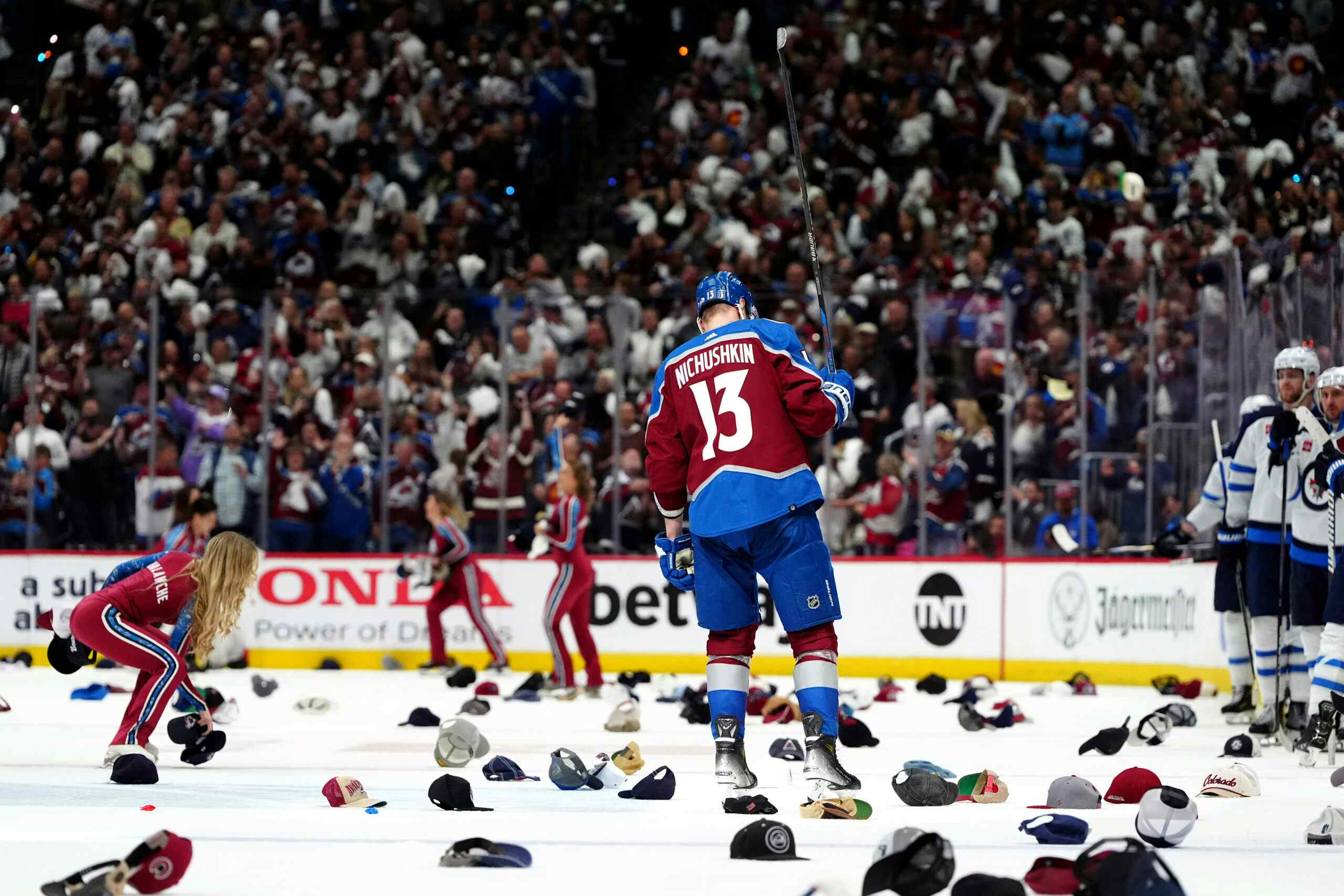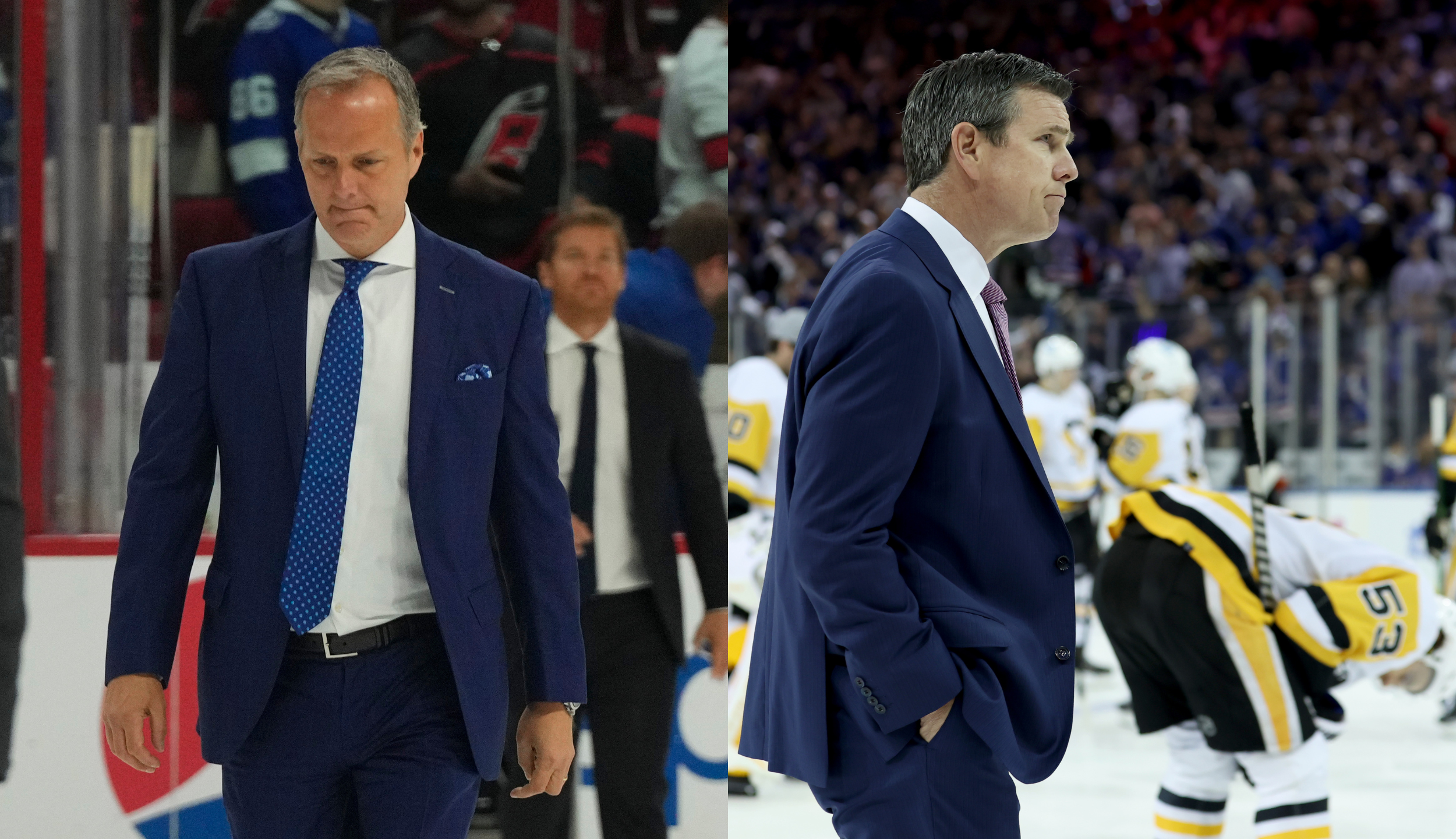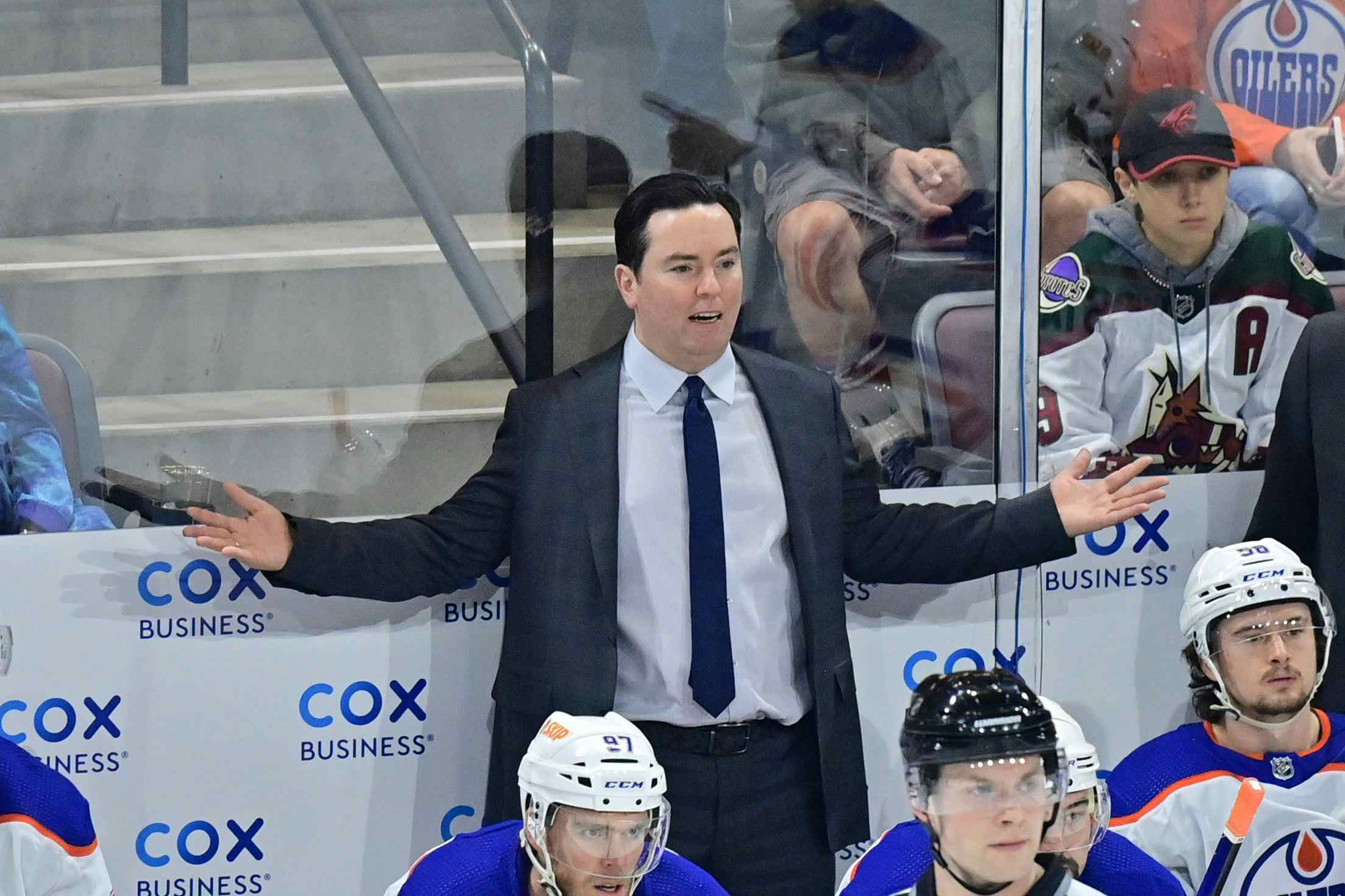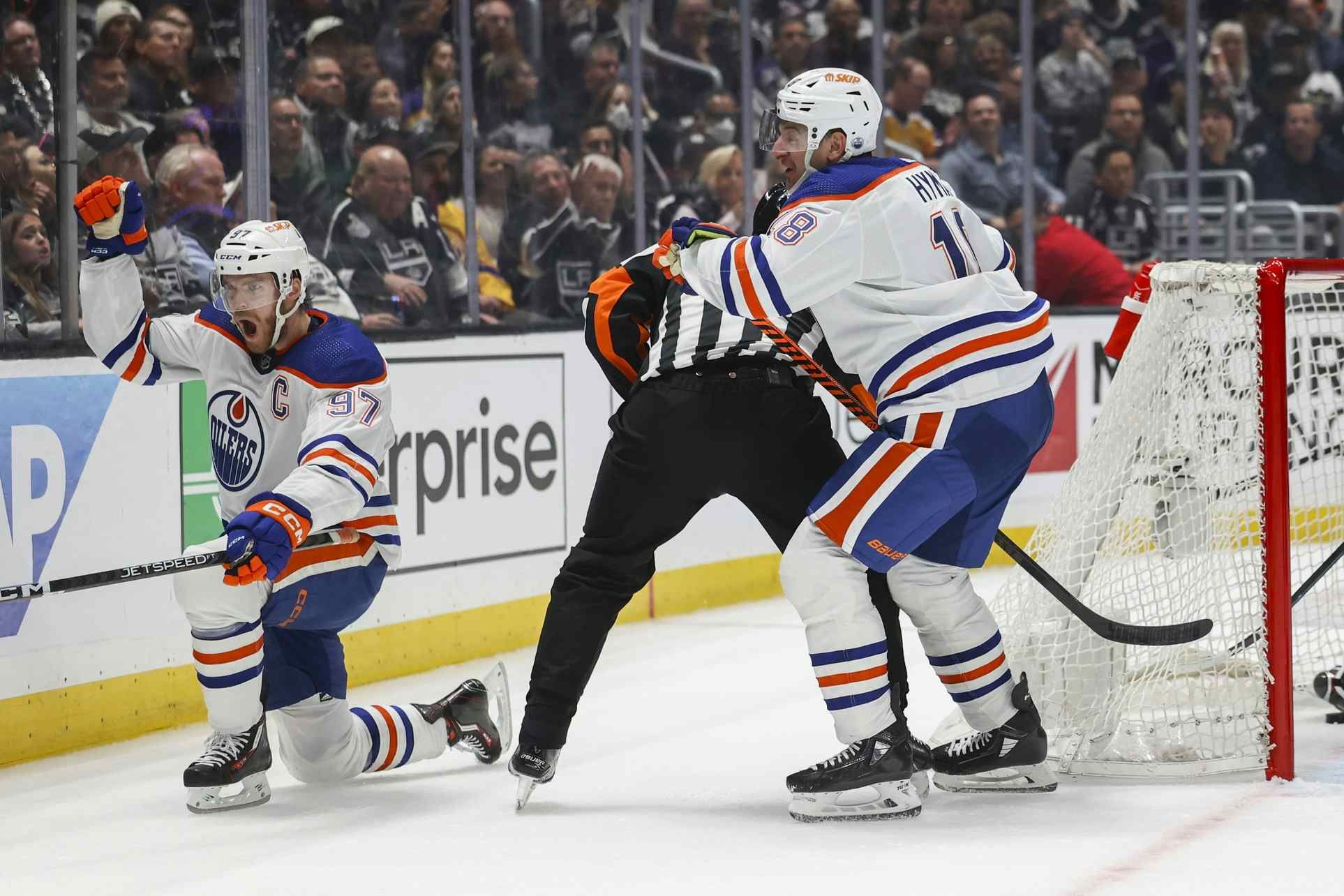Boyd Gordon: Third Line Centre
Any questions as to what Boyd Gordon’s role with the Edmonton Oilers in 2013-14 were answered by general manager Craig MacTavish during his media availability on Friday. “He’s going to fit in very nicely into that number three [centre] hole,” MacTavish said.
Lowetide wrote about Gordon last night, and his view is certainly worth reading. My perspective is slightly different.
Five Years: Gordon
| Year | GP | CorsiRel | QcRk. | ZS | PTS/60 |
|---|---|---|---|---|---|
| 2012-13 | 48 | 0.6 | 6th | 32.6 | 1.18 |
| 2011-12 | 75 | -13.3 | 3rd | 39.8 | 1.27 |
| 2010-11 | 60 | -8.3 | 2nd | 42.7 | 0.76 |
| 2009-10 | 36 | -2.3 | 15th | 45.1 | 2.24 |
| 2008-09 | 63 | -19.4 | 12th | 43.1 | 1.21 |
The chart above shows Boyd Gordon’s statistical performance in four statistical categories over the last five years; they’ll be familiar to regular readers but here’s a brief explanation:
- CorsiRel. "Corsi" is shorthand for shot attempts plus/minus – all the shots, missed shots, and blocked shots that a player was on the ice for 5-on-5 over an average one-hour period. The "Rel" part stands for relative – what we’re doing there is adjusting for team strength.
- Quality of Competition rank. The player’s rank among active forwards on his team in Behind the Net’s Quality of Competition (we’re using the Corsi-based one, though the site also offers a goal-based one and the difference between the two is small). This gives us an idea of the kind of opponents Gordon typically played against. Note: for years where he played for multiple teams, this is less helpful so I have excluded it.
- ZoneStarts. Taking offensive zone and defensive zone faceoffs, and expressing them as a percentage. If a player was on the ice for 70 offensive zone faceoffs and 30 defensive zone faceoffs, he would have a 70% offensive zone start, and we’d expect him to do better than a player with 30 offensive zone and 70 defensive zone faceoffs (30% zone start).
- 5-on-5 Points/60. Just like regular points, only adjusted for an average hour of ice-time.
The five-year record shows Gordon’s evolution from a pretty run of the mill depth forward to a legitimate shutdown centre. 2010-11 was his final campaign with the Washington Capitals, and the year where he saw a steep increase in the caliber of his opposition – all of a sudden he was playing guys like Briere and Hartnell and Grabovski and Kessel and Kovalchuk with regularity. Phoenix – they seem to have a knack for finding this type of player – snatched him up at a very reasonable $1.325 million price point on a two-year contract.
Gordon’s numbers really took off during the lockout-shortened 2013 season, and some of it probably had to do with the addition of David Moss – Moss has a very strong record as a possession forward when healthy, and Gordon’s numbers were notably better with Moss on his wing than when playing without him. Competent help isn’t a luxury Gordon has generally had; scrolling through a list of common linemates over the last five seasons, they are many, varied, and largely unimpressive.
Five Years: Horcoff
| Year | GP | CorsiRel | QcRk. | ZS | PTS/60 |
|---|---|---|---|---|---|
| 2012-13 | 31 | -4.4 | 8th | 42.1 | 1.34 |
| 2011-12 | 81 | -1.0 | 1st | 43.9 | 1.04 |
| 2010-11 | 47 | 7.0 | 1st | 50.6 | 1.47 |
| 2009-10 | 77 | 0.6 | 2nd | 45.3 | 1.37 |
| 2008-09 | 80 | 7.8 | 1st | 40.2 | 1.59 |
Horcoff did a hard job for a long time and never really got the credit he deserved for it in Edmonton – though of course he did get a contract. He had something of a down year in 2012-13; on balance he played tougher opposition than Gordon and managed better results, but the flip side of that is he also generally played with better players (save for that ugly, ugly 2009-10 season). Dallas general manager Jim Nill is betting that Horcoff can hold this form or something close to it in Texas; if he does the Stars almost certainly have the better third-line centre. Horcoff does turn 35 in September, so it may well be that the Oilers are getting out at the right time.
My View
The Edmonton Oilers didn’t get better in adding Boyd Gordon and subtracting Shawn Horcoff. What they did manage was to move out a player who had become emblematic of the wasted post-2006 years, reduce the cap hit spent on that slot in the depth chart, and secure a younger replacement who was likely the best option on the market.
Initially, I didn’t like the deal – the dollars seemed excessive – but after looking at the minutes Gordon has played over the last five years, and who has played them with him, it doesn’t seem so bad. The dollars are less than ideal, but they aren’t that bad for a good player and a needed one.
Recently around the Nation Network
At Leafs Nation, Cam Charron has a lot of praise for David Clarkson, before getting to what worries him:
So we’ll see what happens. I like Clarkson between ages 30 and 32 because he’s shown a lot of improvement past the age when a player’s prime usually ends, but I’m not confident that he’ll age like fine wine. Eventually, he won’t be a guy with an elevated shot rate that results in keeping his team above even in goals when he’s on the ice, and the Leafs have probably bought multiple years of "old David Clarkson".
Click the link to read more, or alternately, feel free check out some of my other pieces here:
- Oilers add Ference, Gordon and LaBarbera
- Report: Oilers to sign Jason LaBarbera
- Report: Oilers pursuing Ray Emery
- The player so nice they named him twice
- Every defenceman in the NHL goes on waivers
- Follow Jonathan Willis on Twitter!
Recent articles from Jonathan Willis





